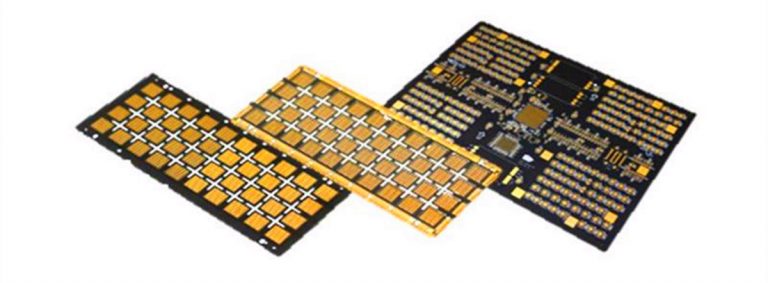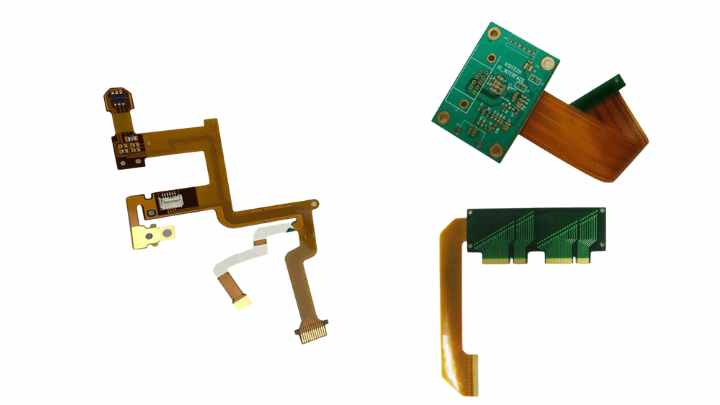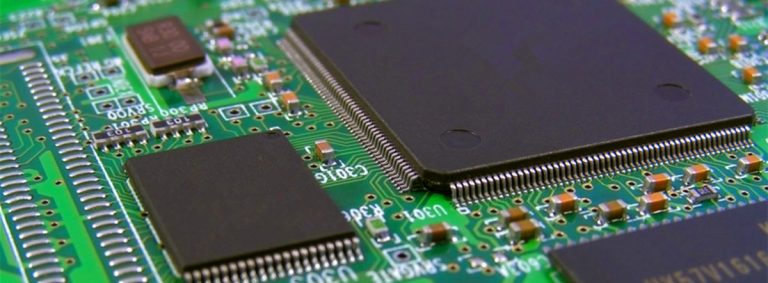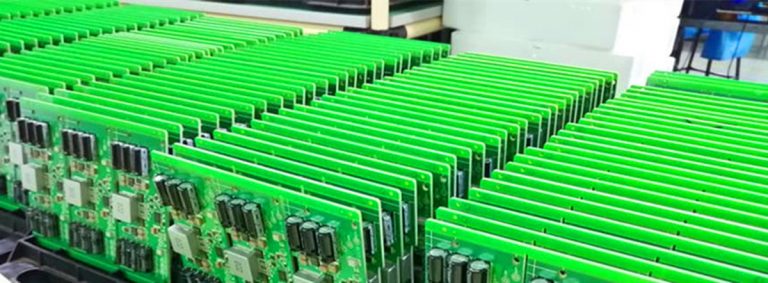The Difference Between Rigid PCB and Flex FPC board

What are a Rigid PCB board and a flex FPC board? What is the difference between them? The PCB, the so-called printed circuit board, is usually called a hard board. It is a supporting body among electronic components and a very important electronic component. PCB generally uses FR4 as the base material, also called rigid board, which cannot be bent or flexed. PCBs are generally used in places where there is no need to bend, such as computer motherboards and mobile phone motherboards.
The FPC is actually a kind of PCB, but it is quite different from the traditional printed circuit board. Call it a soft board, and the full name is a flexible circuit board. FPC generally uses PI as the base material, which is a flexible material and can be bent and flexed at will. FPC generally requires repeated flexing and the linking of some small parts, but now it is more than that. At present, smartphones are thinking about bending prevention, which requires the use of FPC, a key technology.
In fact, FPC is not only a flexible circuit board, but it is also an important design method for integrated circuit structure. This structure can be used with other electronic product designs to build a variety of different applications. Therefore, from this point of appearance, FPC and PCB are very different.
For the PCB, unless the circuit is made into a three-dimensional form by means of potting glue, the circuit board is generally flat. Therefore, to make full use of the three-dimensional space, FPC is a good solution. In terms of hard boards, the current common space extension solution is to use slots to add interface cards, but the FPC can be made with a similar structure as long as the adapter design is used, and the directional design is also more flexible. Using one piece of connection FPC, two pieces of hard boards can be connected to form a set of parallel circuit systems, and it can also be turned into any angle to adapt to different product shape designs.
FPC can of course use terminal connection for line connection, but it can also use soft and hard boards to avoid these connection mechanisms. A single FPC can use layout to configure many hard boards and connect them. This approach reduces connector and terminal interference, which can improve signal quality and product reliability.







